INFOS & SERVICE
OUR OTHER WEBSITES
Arrive in Chengdu
Enjoy Chengdu leisurely daily life, Kuanzhai Xiangzi, drink tea in People' s Park

Chengdu - Mianyang - Jiangyou
Sanxingdui Museum
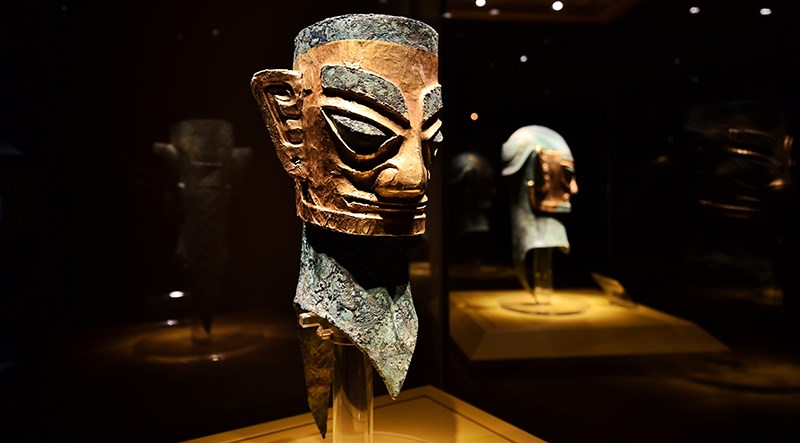
Jiangyou - Pingwu - Jiuzhaigou
Visit Bao'en Si Temple at Pingwu
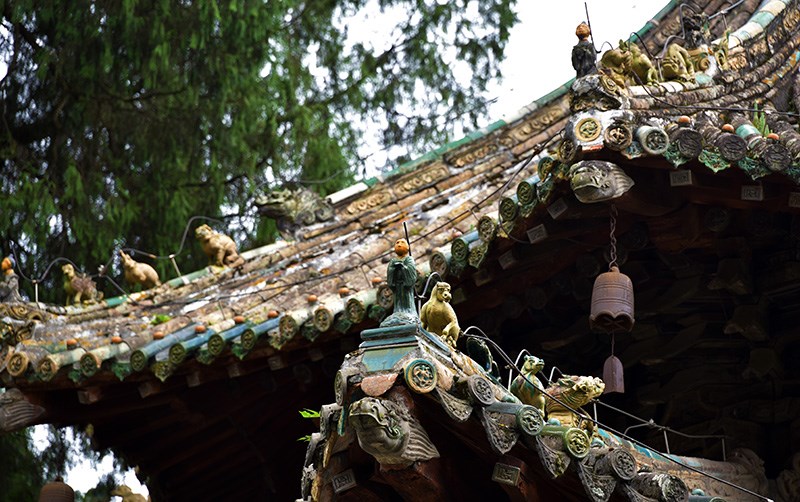
Jiuzhaigou
Jiuzhaigou - the Nine-villages valley

Jiuzhaigou - Huanglong - Songpan - Maoxian
Walking and sightseeing in national park Huanglong (Yellow Dragon). Songpan Ancient Town
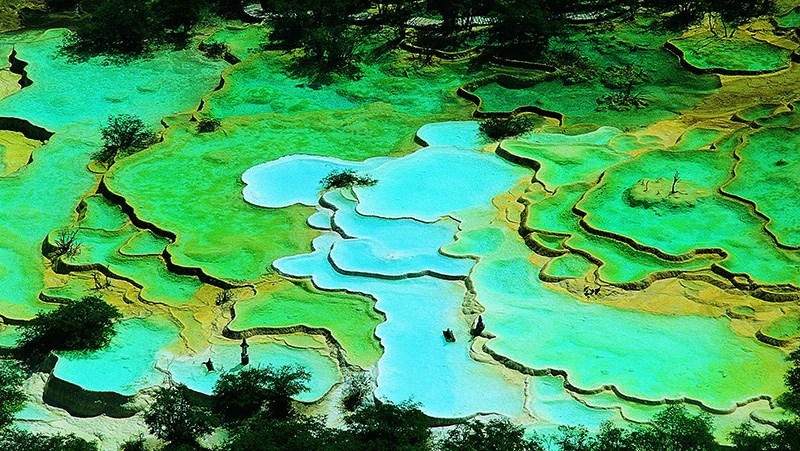
Maoxian - Taoping - Wolong - Siguniang Shan Town
Taoping Village of Qiang Minority. Panda in Wolong. Sunset of Siguniang Shan

Siguniang Shan Town - Danba
Wori Tusi Manor, Tibetan villages Jiaju and Zhonglu
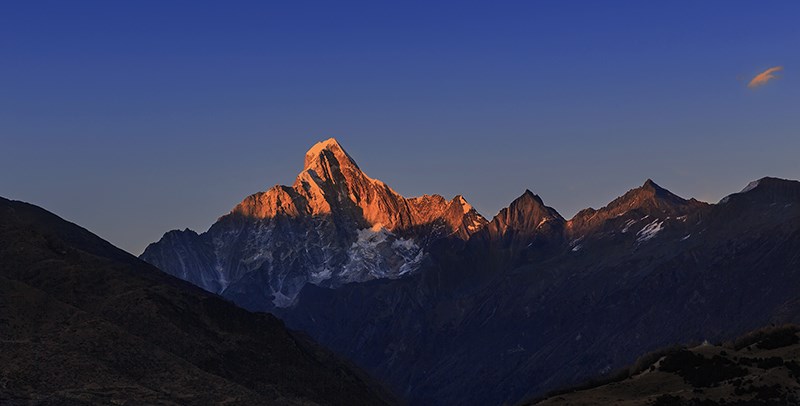
Danba – Tagong
Ancient Blockhouses at Suopo Village. Huiyuan Temple. Muya Monastery, Gyergo Nunnery, panoramic view of Gongga Mountain and Yala Mountain
Tagong - Xinduqiao - Litang
Tagong Monastery, Litang Monastery, Letong Old Town with Renkang Old House
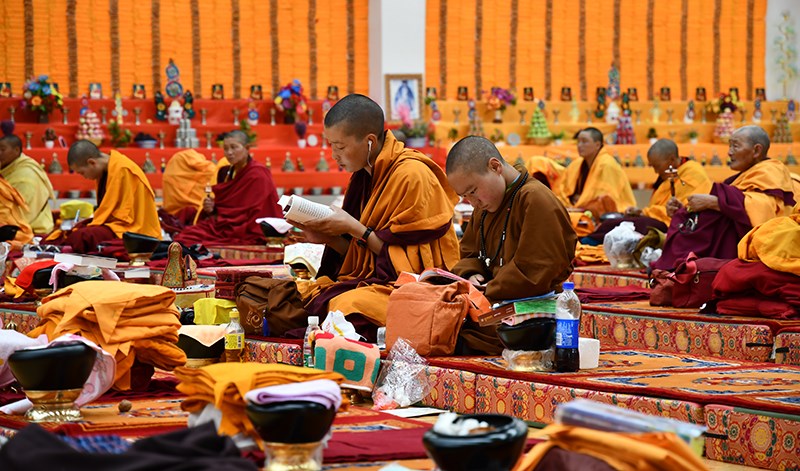
Litang - Qingde Village of Xiangcheng County
Sangpi Ling Monastery, traditional white houses, Zangna Museum
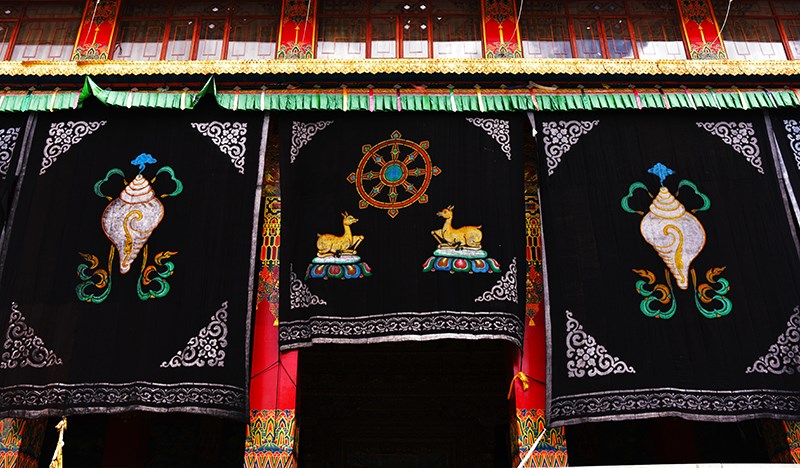
Xiangcheng - Provincial Road 216 - Shangri-La Town
Visit Yading - Chonggu Monastery, Chonggu Meadow, Pearl Lake, Xiannairi Mountain
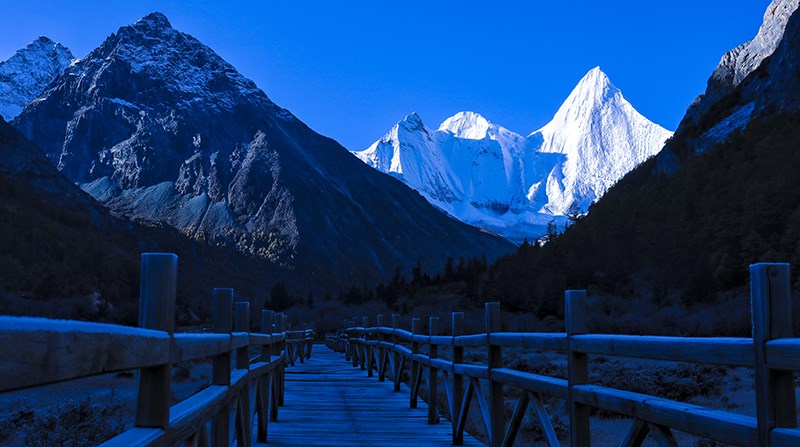
Shangri-La town
Visit Yading with 3 holy mountains - Yangmaiyong, Xianuoduoji and Xiannairi
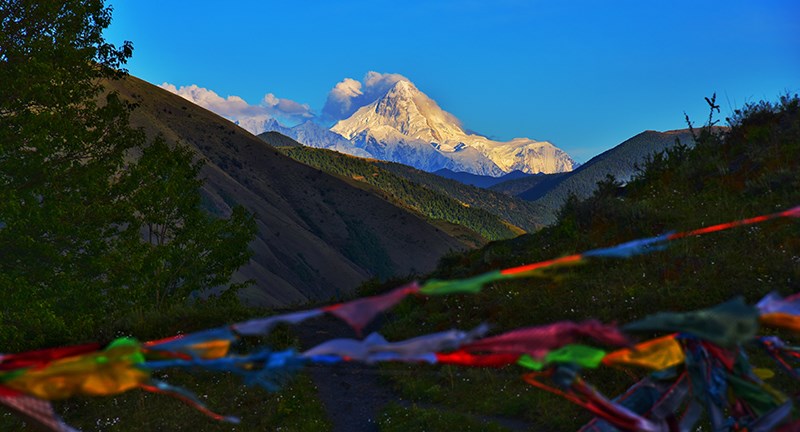
Shangri-La Town - Daocheng - Litang - Xinduqiao
Return trip, panorama view of Mt. Gongga
Xinduqiao - Kangding – Luding - Chengdu
Museum of Ganzi Tibetan Autonomous Prefecture, Luding Iron Chain Bridge on the Dadu River
Leave Chengdu
Travel to next destination
Private travel, great experiences! Please contact us for your tailor-made travel offer.
With individual China Tibet travel, you can decide when, where and how you go on tour by yourself. What's more, you can choose the length of travel and whom you go with.